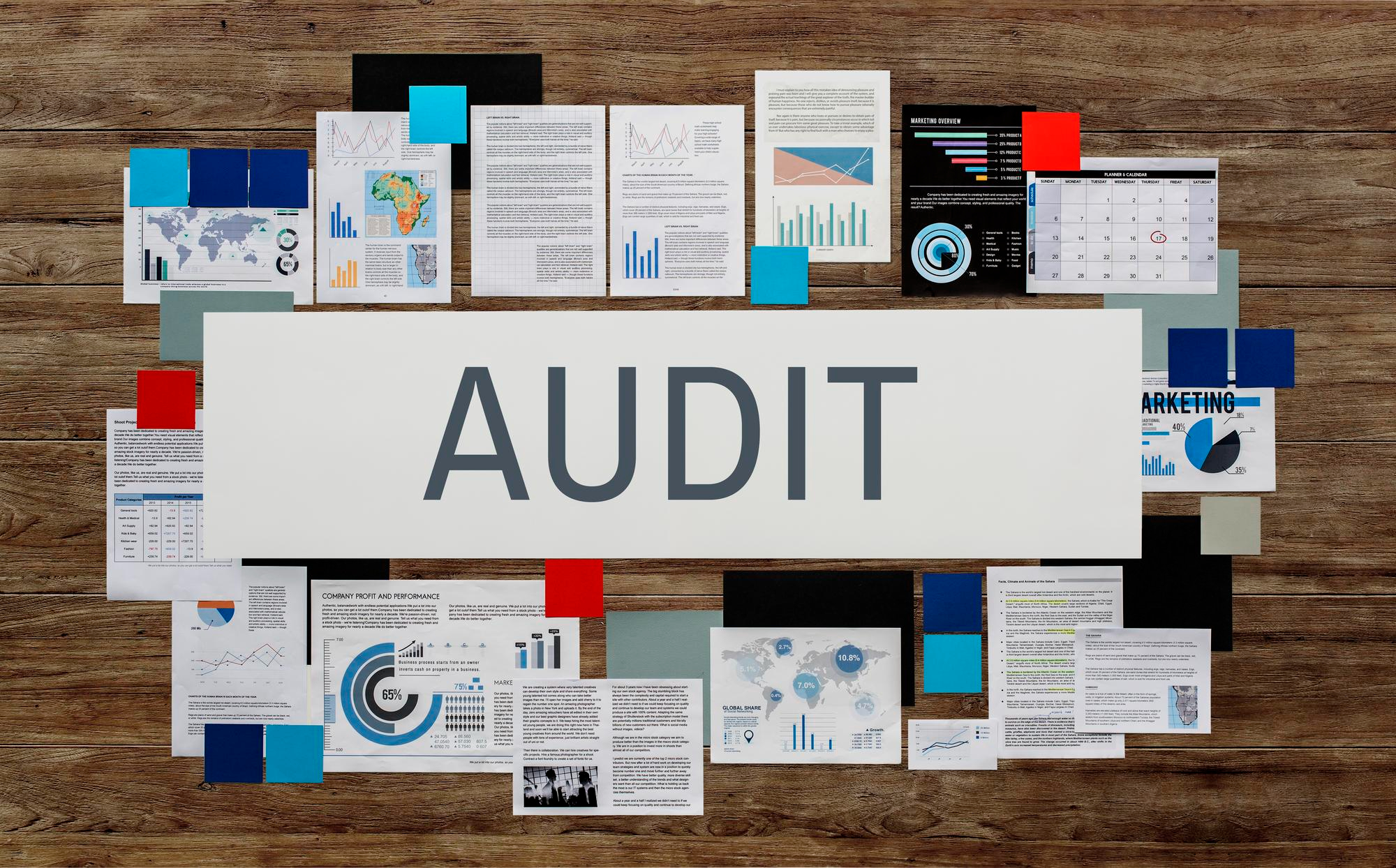Right-Sizing TSMS Under Subchapter M
The onset of regulatory requirements causes organizations to rush their efforts to ensure compliance within the deadline issued. Management systems while enabling compliance are not intended solely for compliance. Their primary purpose is to provide a framework for the organization to meet leadership objectives using a systemized approach. Additionally it is meant to act as a preventive tool so that organization can proactively manage risks.
The requirements for Towing Safety Management Systems or TSMS were similarly met with organizations rushing to document (perhaps over-document) everything! Many implemented the TSMS just to pass an audit and keep records of “compliance”. The management system failed to reflect actual practices and thus created a burden of paperwork for those on board. Especially with small tow boats with limited crew this has created more problems. Further the system does nothing to improve safety in any way.
The documentation (TSMS) now leads to further problems during audits because the written TSMS does not reflect the TSMS actually lived on board. Despite good intentions inconsistencies arise and COI deficiencies are identified. Management systems designed around the “as-is” enable organizations to develop an operationally realistic TSMS that matches how the company actually works and makes it easier to maintain.
The Compliance Trap in Subchapter M Auditing
Subchapter M was intended to usher in a new era of safety within the towing vessel industry. This followed many years of regulatory development and was the result of an increase in accidents and incidents involving tow boats. However as with many regulatory requirements the focus has been merely compliance while work continues as normal. When a view of the management system equating compliance is taken then leadership ashore and on board tend to merely “fix” or “prepare” the system for internal and external audits.
Personnel forget that audits are merely a sampling of the system and not a comprehensive review. In some cases auditors tend to conduct the audits more like inspections than audits. They become merely a review of the paperwork then an assessment of actual practices on board. Auditors must verify the crew’s understanding of the system. However, in an effort to pass audits records are updated the day before, only the most well-versed crew members are presented to the audit team and practices are limited to the minimum so the auditors do not have much evidence.
Compliance focused audits therefore may fail to uncover the systemic causes of repeated deficiencies.
Understanding the Audit Requirements in $138.315
One of the biggest misconceptions I see among operators is their understanding of what $138.315 actually expects during an internal audit. Many assume the regulation is asking for a paperwork confirmation exercise of “show me the TSMS manual, show me the forms,” and that’s enough to satisfy Subchapter M. But $138.315 is far more purposeful than a documentation review. It requires an internal evaluation that verifies two things: that the TSMS is implemented and that it is effective. This distinction is where operators fall short.
The regulation expects internal evaluations to be evidence-based, meaning the auditor must look beyond the binder and confirm that what is written actually reflects what happens on the vessel and in day-to-day operations. Operators often assume that if the forms are filled out and the policies exist, they are compliant. But $138.315 is explicitly tied to the idea of system performance, not paperwork completion. A beautifully formatted SMS means nothing if the crew doesn’t understand it or if the vessels operate differently from what the manual describes. This is why TSMS audits under Subchapter M must go deeper than document checks.
Subchapter M is not trying to make life harder for operators. It is designed to ensure the TSMS reflects reality and results in safer, more reliable operations. When internal audits focus on objective evidence rather than documentation alone, they fulfill the intent of the regulation and help operators find the issues before the Coast Guard or TPO does.
Using Data to Drive Audit Priorities
As a preventive tool the management system must provide the leadership with the evidence needed to make data driven decisions. This is where well set KPIs provide the leadership with inputs needed to determine if the system is being implemented effectively as planned and to identify trends for timely action. The KPIs including near-miss trends, machinery downtime, and incident reports enable the organization to target audit areas. Not to solely focus on the problem areas but to take a deeper dive into these areas.
Internal auditors may use statistical based sampling to develop their audit plan. Such an audit plan is then a risk based plan that allows for a deeper dive in certain areas. Additionally the company may determine the need for special audits outside of the normal periodic timeframe. Operators however do not need to wait for an audit to take action on data trends. “Repeat offenders” (tasks, equipment, vessels, crew behaviors) when identified through trend analysis can be acted upon immediately.
A key role is played here in the checklists that auditors use. Audit checklists should primarily consist of open ended questions that begin the conversation. Auditors then build on these based on the answers they receive. If auditors do not have follow on questions but merely stick to their documented checklist then the audit becomes more of an inspection. Further auditees know what to expect and prepare the system accordingly.
The Designated Person’s Role in Effective Oversight
In a maritime management system the designated person or DP plays a critical role in the success of the system. The DP is the key interface between the shore management and the vessel management. Subchapter M requires the DP to effectively manage the TSMS on board beyond signing forms or attending audits.
The DP has a responsibility for the safety on board and for the implementation of the TSMS. To this effect they have to monitor the safety on board. To achieve this they may get insights from audit reports, NCRs, and trend data to inform management decisions. The DP plays a critical role in ensuring corrective actions address root causes, not generic retraining or re-documentation. Effective and timely communication can help alleviate the issues on board in a timely manner and ensure that leadership is aware of the risks on board as also those ashore. A strong DP presence is instrumental in strengthening TSMS integrity.
Common Pitfalls and How QMII Helps Fix Them
One of the most consistent problems we see across the industry is the use of overly complex, copy-paste TSMS manuals that don’t reflect how the company actually works. Templates look impressive, but they create confusion, inconsistencies, and ironically, more COI deficiencies. Add to that audits performed by untrained personnel who rely on generic compliance checklists, and the result is a system that appears documented but is barely implemented. Corrective actions often close the immediate symptom but never address the underlying cause, which is why the same issues show up year after year. Weak closeout documentation and thin evidence trails only compound the problem when a TPO or Coast Guard officer asks for proof.
QMII’s approach built on over 39 years of experience enables our team to create and deliver customized solutions to our clients. Our training equips auditors to verify systems, not just paperwork, and to ask the kinds of questions that reveal true implementation and effectiveness. We help operators right-size their TSMS so it matches their operations. This includes leaner manuals, clearer processes, and forms that crews can actually use. Through gap assessments and coaching, we strengthen corrective action practices, reinforce the importance of objective evidence, and help organizations build a TSMS they can sustain. The end result is a system that reduces COI deficiencies because it’s built on operational reality, not borrowed documentation.
Conclusion & Next Steps
Internal audits remain a critical tool for leadership to use in determining the state of their system. It further must also help reduce COI deficiencies. However, this is only possible when the audit team is skilled, people aware of the audit, the audit objective and checklists enable to auditor to determine the focus areas of the audit. Right-sizing the TSMS leads to better crew engagement and safer operations.
Operators must formally train their internal auditors and QMIIs auditor training course has been specially designed for maritime clients. The instructors too come with a varied background in the maritime industry. In conclusion operators must consider shifting from a mindset of “audit for compliance” to “audit to improve the system.
—
About the Author
Dr. Julius is a Senior Consultant at QMII with over 25 years of experience in ISO and aerospace quality systems. He has trained and guided hundreds of U.S. defense contractors on AS9100 and compliance, turning certification into a competitive advantage.










